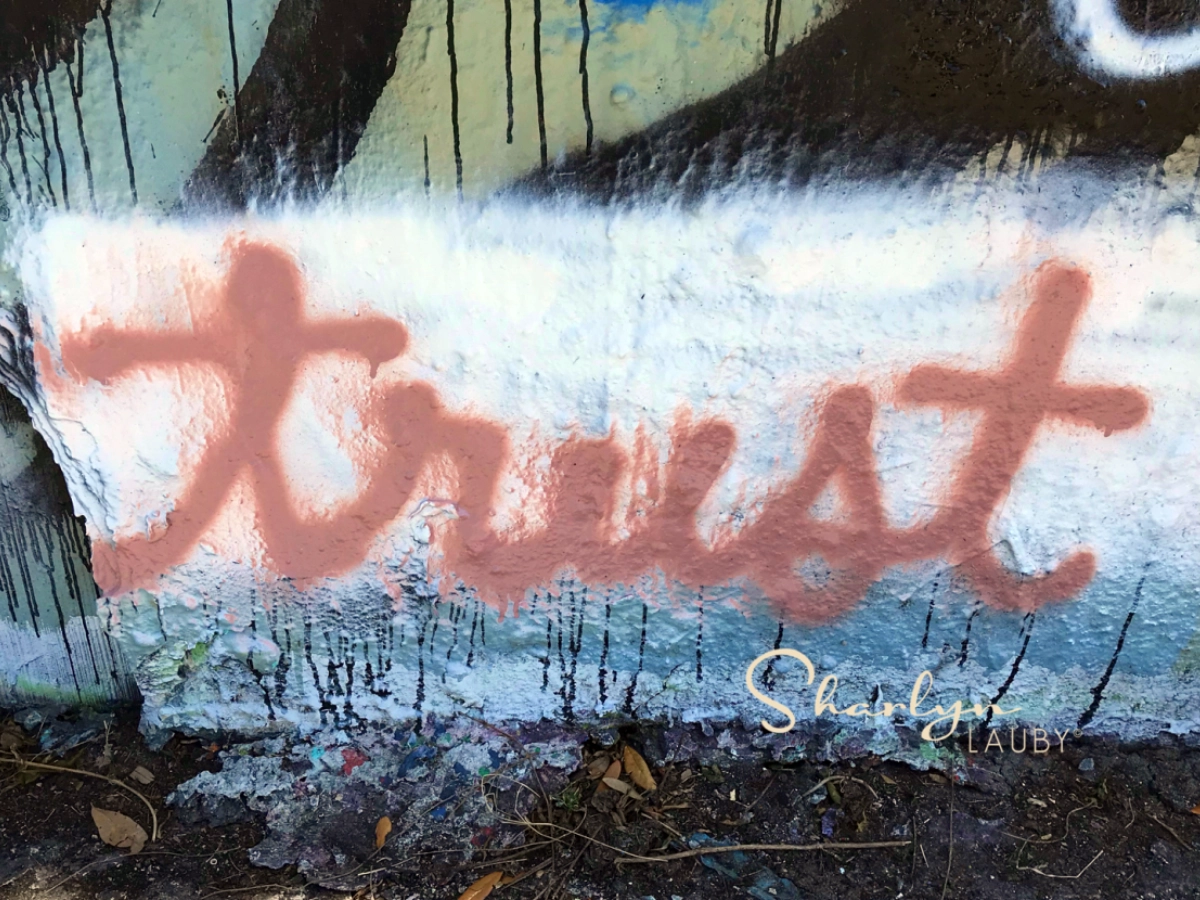By Sharlyn Lauby
I like to think that we all know diversity in the workplace produces positive results to the bottom-line. But did you know that people are looking at a company’s diversity as part of their investment strategy? Morgan Stanley has produced a research piece titled “An Investor’s Guide to Gender Diversity”. It outlines their research showing that investors should look at diversity when making stock picks.
I’m not here to tell anyone how to invest their money. Or to invest in the market at all. But the Morgan Stanley piece tells me that investors are looking for ways to identify successful organizations. And diversity is part of the criteria.
This means that human resources and talent acquisition professionals should look at their internal and external hiring practices. Because a biased hiring process can have a direct impact on the bottom-line. How many times have we heard “HR is just a support department.” Or “HR doesn’t impact revenue.” Well, my takeaway from the Morgan Stanley report is, HR has a direct impact on the bottom-line. So, we have to make sure our hiring process is free from bias.
At a TATech event, one of the speakers talked about bias in hiring processes. They shared three things that companies should examine:
Step 1. Identify sources of unconscious bias. At this point, most of us realize that we all have some form of bias. It’s not all bad AND it’s not all negative. For example, someone might say, “Women are too nice.” That could imply that women aren’t as assertive as men or that they can’t handle tough business decisions. Regardless, both the organization and the individuals inside the organization have to identify what information and decisions we have control over. Because without that level of awareness, it can lead us to make bad decisions.
Step 2. Address the company’s talent pipeline issues. Organizations should look at their hiring process and ask some tough questions.
- Does the company’s employment brand exclude qualified candidates?
- Does the company have a sufficient number and variety of sources? Is the organization reducing the use of gendered keywords in job openings?
- Why and how do recruiters and hiring managers use candidate information?
- Ask for thoughts /suggestions to create consistency in places like the interview process.
- Is the candidate selection process fair and unbiased?
Step 3. Provide education and ask for commitment. This type of process isn’t going to change overnight. And there’s no benefit to guilting or accusing others. The organization needs to remind everyone that they have a leadership role to play in reducing organizational bias. Every employee needs to be trained on how to communicate on the other person’s level. Managers should receive guidance on how to evaluate an employee’s work based on the company standard.
Finding, engaging, and retaining talent continues to be a number one priority for business. That’s because employees are a key differentiator. When I worked in hotels, we knew other hotel companies had what we had: beds, meeting rooms, restaurants, bars, etc. It was our employees that kept guests coming back. It’s the same in plenty of other industries.
Organizations that want to win the war for talent have to realize that the foundation for finding the best people is having the best hiring process. They need to regularly audit and examine what they do, making sure the process allows them to get the best and not exclude anyone.
P.S. If investing in your talent acquisition process is part of the company’s goals this year, you might want to consider checking out the Society for Human Resource Management (SHRM) seminars. I’m facilitating one titled “Talent Acquisition: Creating Your Organization’s Strategy” that covers every touchpoint in the process. Seminars are available in person and virtually. And they’re approved for recertification credits.
Image captured by Sharlyn Lauby at the 34th Street Graffiti Wall in Gainesville, FL
SOURCE:
https://www.hrbartender.com/2018/recruiting/hiring-process-impacts-culture/
Hi! I’m Sharlyn Lauby, an HR pro turned consultant. I created the HR Bartender blog so people would have a friendly place to discuss workplace issues. And since, over the years, I’ve developed an appreciation for the culinary arts (translation: I’m a foodie) you’ll see some of that here, too. So pull up a stool and order your favorite drink… the bar is always open.







